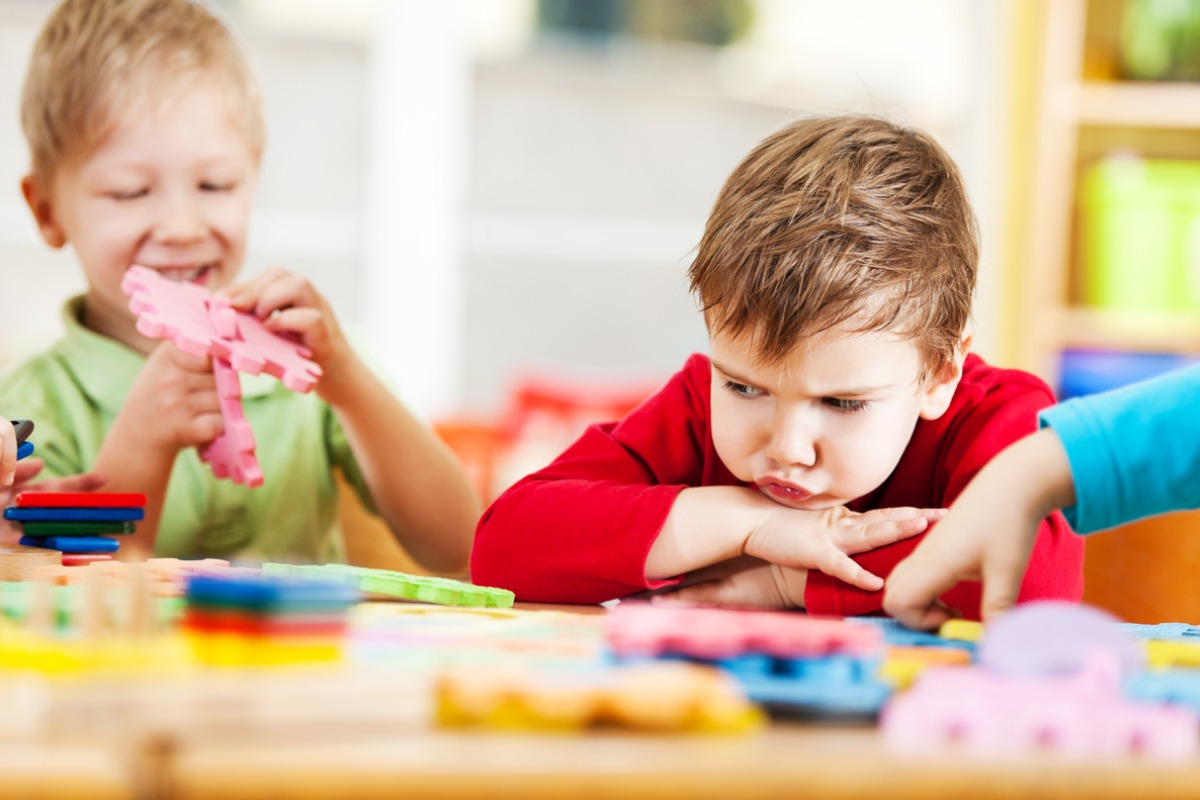
NEWS
How to Deal with Anger and Tantrums
February 14, 2022
By ABA Psychological Services
Causes of Meltdowns
Meltdowns are very common for children with autism. As a parent, watching your child have a meltdown can be exhausting, challenging but also frightening. Many parents
with autistic children will go to great lengths to avoid meltdowns by eliminating new or challenging situations that they feel might trigger a meltdown. This is understandable
however, some meltdowns are not always predictable, and trying to avoid them altogether may be extremely difficult.
What stressors triggered yesterday’s meltdown may not be the same for the next. Predicting what situation or sensory component triggered a meltdown can be challenging.
However, once you understand what a meltdown is, you’ll be able to recognize the signs, identify causes when possible, and reduce the length, frequency and severity.
How to Recognize the Behaviors
It’s important to know that meltdowns are not temper tantrums. Meltdowns are harder to manage for the caregiver and are more physical for the child. Meltdowns are a cry of
distress or help; they are not a way to manipulate a caregiver as temper tantrums are.
A meltdown can occur when a child is overwhelmed with sensory stimulation, a social encounter or stress, or a combination. They can happen at any age and last from
minutes to hours. Meltdowns occur when the individual is completely overwhelmed and finds it hard or impossible to express themselves, or engage in self-regulation strategies.
With a buildup of emotion and nowhere to go, a meltdown occurs as the only way to release the pressure.
Once a child is in a complete meltdown, it can be difficult to manage. They are often loud, physical, and highly emotional. Meltdowns are
hard on parents and caregivers but are extremely difficult on the child.
Before a full autism meltdown, an autistic child will often show signs of distress. Often referred to as “rumblings,” or the “rumble stage,” when recognized early
parents and caregivers may be able to avoid a full meltdown. The rumble stage may be a simple verbal plea or repetitive physical behavior. Known as self-stimulatory
behavior or stims these physical behaviors may be calming techniques used by people with autism. These stims or behaviors include:
• Hand flapping
• Rocking
• Pacing back and forth
• Staring into space
• Hyper ventilating
• Repetitive or particular verbalizations
Stims are used by autistic individuals as a way to self-soothe and calm themselves. These behaviors can help manage anxiety or sensory overload. If a parent or
caregiver cannot minimize or prevent a meltdown a child may increase the frequency or intensity of their self-stimulatory behaviors as a way to cope with the increased feeling of distress.
With time you’ll recognize the warnings or rumblings towards a meltdown and can act swiftly to support your child and possibly avoid a complete meltdown.
How to Help a Child with Autism Calm Down
Every child with autism will have unique ways of self-soothing. It’s essential for parents to support the child with the calming techniques they like. If your child doesn’t want to be
hugged, don’t use that to calm the child down. Here are methods and tools that may help a child with autism calm themselves.
• Fidget or sensory toys
• Weighted blanket
• Noise-canceling headphones
• Exercise - jumping on a trampoline, swimming
• Phusical touch, such as hugs or stroking
• Watching a fovorite show or video
• Meditation-breathing exercises
Some calming techniques work great while on the road or away from home. Having a favorite video downloaded onto your phone could be a simple way to calm a child with autism.
Keep a set of self-calming tools and strategies in your car so that they will be at the ready on short or long-distance trips.
Teaching your child with autism how to calm themselves will be invaluable. Again, learning what works best for your child will take some time but learning to self-soothe in
stressful situations promotes independence. When your child can learn to calm themselves, it will allow them to engage in more educational and social settings and, looking
towards the future, possible work environments. Here are ways to self-soothe for younger children. These don’t require unique toys or tools and can be used at any age.
• Counting to 10
• Walking, counting steps
• Deep breathing, counting breaths
• Listening to music
• Wearing sunglasses
• Retreating to a safe place
Learning which techniques work to calm your child will involve trial and error and keen observation on your part. Every autistic child will have their strengths and interests.
Incorporate these into their calming strategies. For instance, if you have observed your child respond positively to listening to music with headphones, this could be a possible
way to calm a child with autism.
It can be challenging to help a child with autism to calm themselves. Be sure to respond calmly and with patience. Don’t worry about staring bystanders and focus on your child.
If possible, move them to a safe, out-of-the-way spot. Go through your calming tool kit to find the strategy they respond best towards. We know this is all easier said than done. We
also know how difficult it is to deal with autism meltdowns at any age. Finding a coping strategy that works for your child will open up both of your worlds. More autonomy is possible,
as well as joy and independence.
Learn More Ways to Calm with ABA-based Therapy
Meltdowns can be an emotional, physical and mental rollercoaster ride for everyone involved. Know that you are not alone, and we are here to help.
At ABA Psychological Services, we are dedicated to helping your child reach their highest potential.
Contact us today for clinical-based or in-home therapy options that promote personal independence.
Back to blog